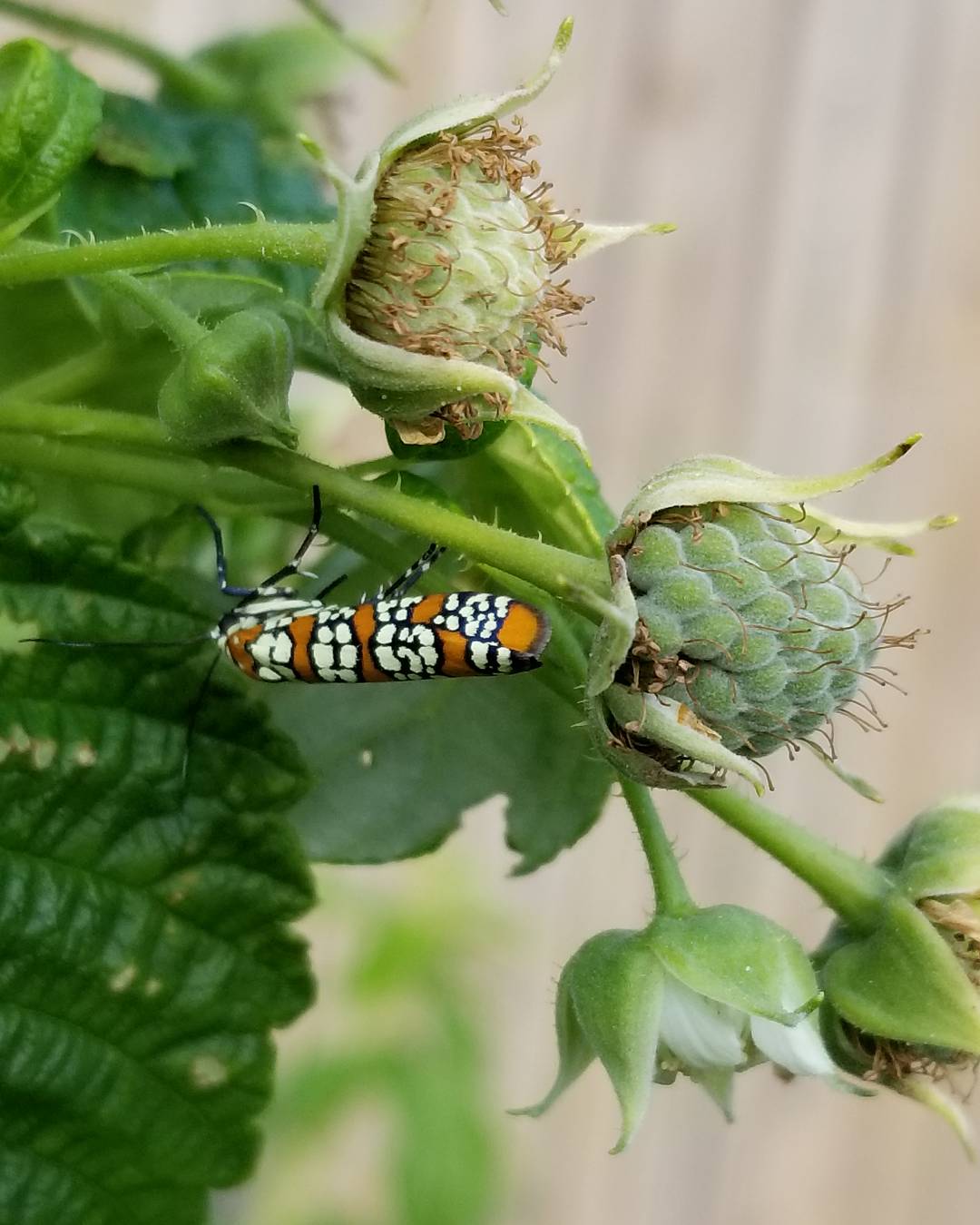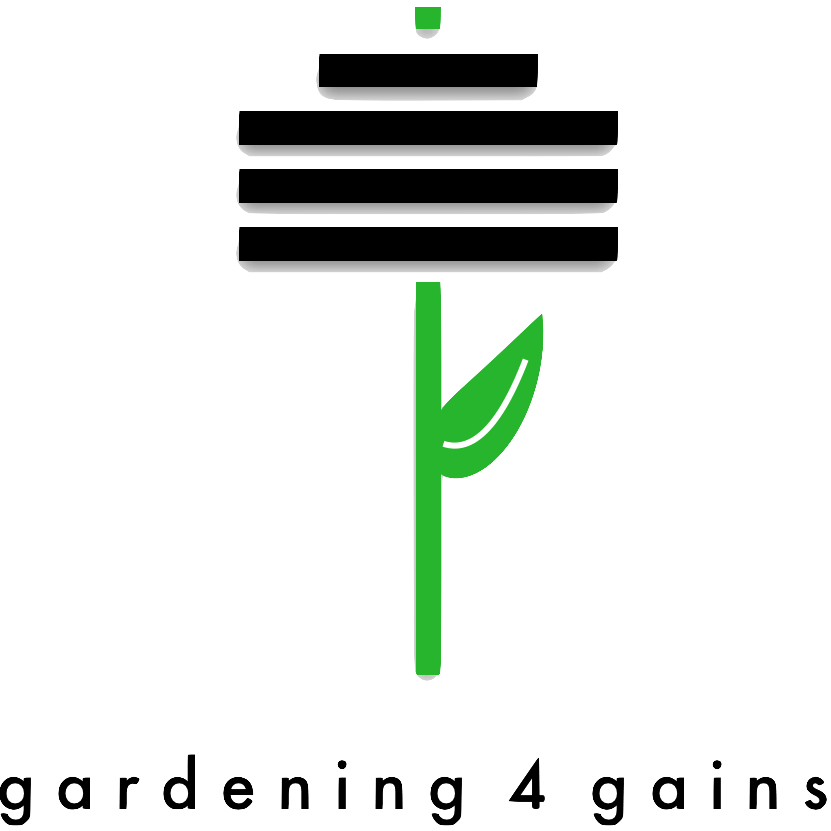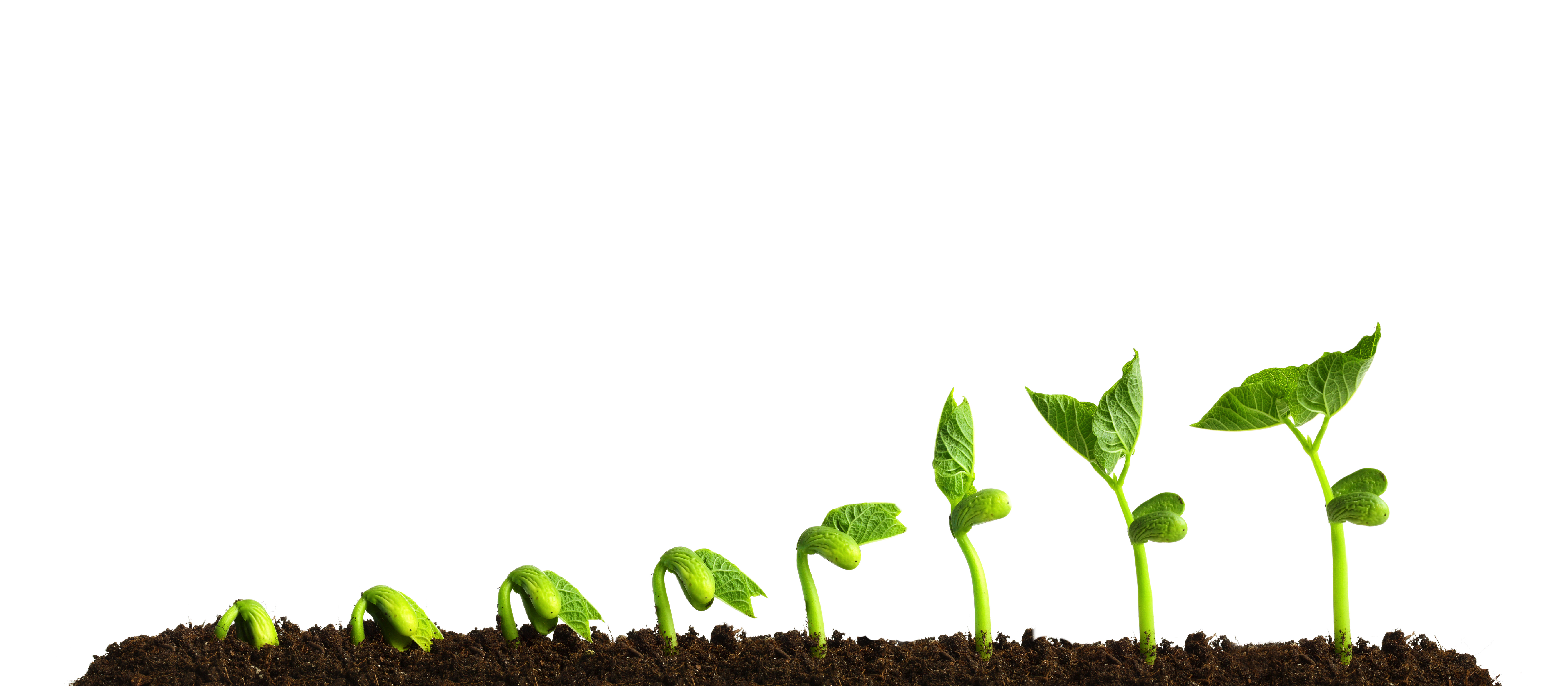
“Don’t justify your dreams, execute on them” – Gary Vaynerchuk
As I reflect on 2017, I realize that I spent a lot of time justifying my dreams. Writing a business plan, revising, revising, revising; all the while, questioning my motives, questioning whether I would want the outcome of my plans to be actualized.
And over & over again, the answer is a resounding
“NO QUESTION ABOUT IT!”
You have to start in a realistic place & begin to execute. My biggest failure this year was not participating in a Farmer’s Market – but I think there was a reason for it.
This past summer was a huge learning curve for me in the garden. Managing 50+ tomato plants, 60+ pepper plants, a small herb patch, 30+ heads of lettuce, as well as garlic & onions taught me a great deal about the amount of care & attention I had to feed the garden. And just like with your personal health – preventative pest & disease control always trumps curative approaches. It’s much easier to attempt to stop a problem before it occurs rather than trying to cure a plant of a disease.
Not going to the Farmer’s Market felt like a loss – especially since it was one of my New Year’s Resolutions, but here’s how NOT going actually helped me.
- Learned how to be a grower first.
- My motivation was internal, not pre-empted by a customer’s wish or desire. Customer service is incredibly important, but you need to serve your own soul first – once your soul’s desires have been quenched, then you can let the abundance overflow & everyone can share in the joy you find in growing.
- Timing the seasons. This year I will have a much stricter plan, not start tomatoes & peppers as early, and have a rotation of crops to be sown & grown from early March until the frost hits in November.
- Build awareness. I work at a horticultural tool & supply company and nearly everyone shares the same love I do for the garden, horticulture, and the Green Industry – it’s the best support system I could ever ask for. Yet even in the midst of that support I feel like I don’t want to ask too much of people. They’re coworkers & friends, so it’s hard to think about converting those people into paying customers – especially for something that comes from the land, something I find an immense amount of joy in – I am happy just to see the satisfaction on people’s faces when they have that fresh tomato, green tomatoes, peppers, or whatever delivered to their desk. So essentially, as my obsession grows, so does the awareness of my obsession with the people around me. I want to grow that passion as far, wide & high as I can.
- Addiction to improvement. I love this about the garden. When I think back to the first garden I had 3 years ago, I’ve come so far! That was back when I thought everything would grow without complication. A time when I was afraid to use fertilizer on my plants. A time where I relied on faith more than knowledge (but faith is a very important thing to have in the garden), but my knowledge just continues to build – and it’s something I have an extreme desire to build. To build greenhouses, to build a farmhouse, to build my business in the sale of plants & produce.
So the next step to this execution on my Moonshot Master Plan is to build my customer base through a few different channels. In the physical world, that means a CSA (community supported agriculture). Essentially it is a weekly subscription box of fresh produce. I also plan on taking excess produce to the Farmer’s Market, but I am hoping to build a big enough following to cater solely to my Veggie Box program. And in the digital world, I will be building my channels through Instagram, Facebook, Twitter, my YouTube channel, & my latest venture, my podcast on Anchor!
The veggies & herbs offered will differ throughout the year & will include:
- Lettuce (head & leaf)
- Tomatoes (green or red – Roma or Early Girl Hybrid)
- Garlic
- Onions
- Spinach
- Kale
- Radishes
- Carrots
- Beets
- Basil
- Cilantro
- Dill
- Oregano
- Peppermint
- Cucumbers
- Zucchini
- Summer Squash
- Jalapeño Peppers
- Habanero Peppers
- Anaheim Peppers
- Ghost Peppers
- Trinidad Scorpion Moruga
- Carolina Reaper
Another thing that held me up were regulations & WORRY about regulations. I’ll be getting my Dealer in Nursery Stock license renewed so that I can sell all of the other plants I’m growing, or plan to resell:
- Succulents
- Paper Birch liners (growing from seed)
- Boxwood liners (growing from seed)
- Blue Spruce liners (growing from seed)
- Japanese Flowering Cherry liners (growing from seed)
- Who knows what else I’ll add to this list!
So this is the year of execution & follow-through.
The seeds have been sown & there’s only one way to grow!
What else would you grow? Or what else would you like to see me grow? Drop a comment or fill out a form for a chance to win a Gardening 4 Gains t-shirt or tank!



















